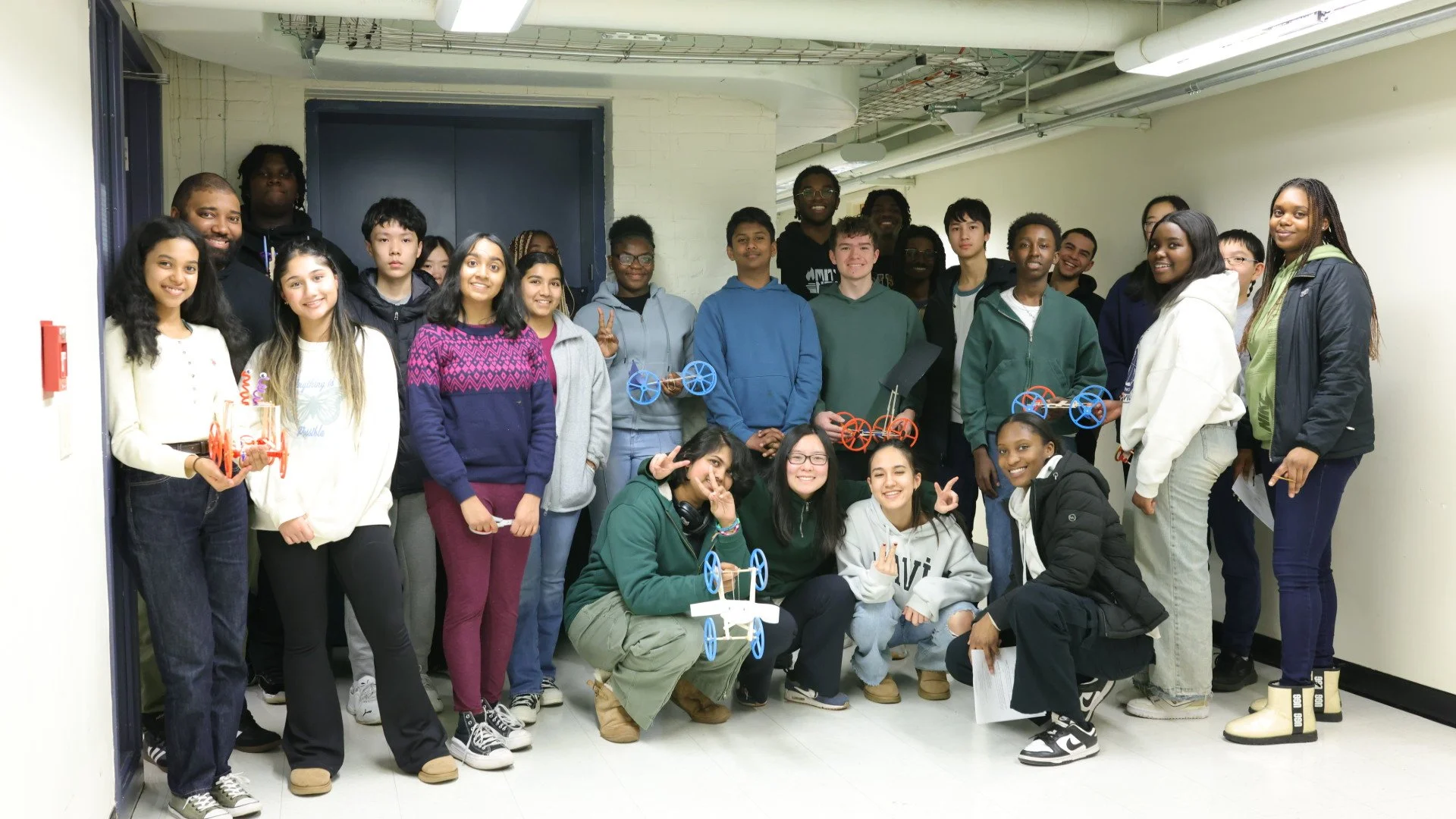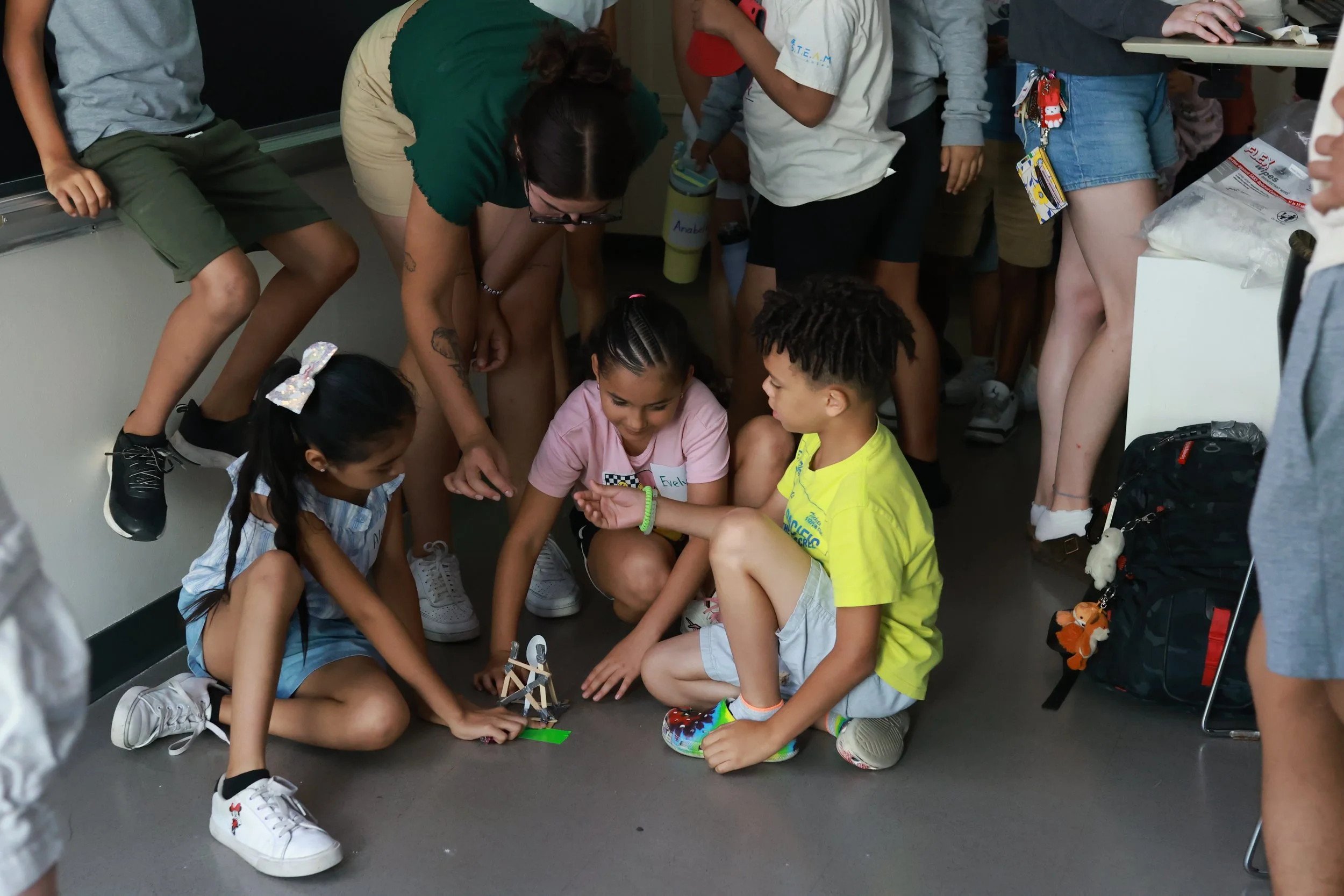STEAM and Sustainability for a Greener Future
In an era marked by climate change, resource depletion, and environmental degradation, the call for sustainable solutions has never been more urgent. At the forefront of this global endeavor are the fields collectively known as STEAM—Science, Technology, Engineering, Arts, and Mathematics. These disciplines are not only instrumental in understanding the complexities of our environmental challenges but also pivotal in crafting innovative solutions to foster a sustainable future.
The Synergy Between STEAM and Sustainability
STEAM fields offer the tools and methodologies necessary to address sustainability issues comprehensively.
Science provides insights into the natural processes and the impacts of human activities on ecosystems. Technology offers advanced tools and platforms to monitor, analyze, and mitigate environmental problems. Engineering applies scientific principles to design solutions that are efficient and environmentally friendly. Art provides an opportunity for people to express their emotions and thoughts on the status of the world.Mathematics enables the modeling and prediction of environmental trends, helping in planning and decision-making processes.
This synergy is essential for developing sustainable practices that balance economic growth, environmental protection, and social equity. By integrating STEAM into sustainability efforts, we can create holistic approaches that not only address immediate concerns but also anticipate future challenges.
High school students built sustainable cars during the STEAM Ahead Youth Leadership Symposium.
Innovations Driving Sustainable Solutions
Several groundbreaking innovations exemplify how STEAM fields are driving sustainability:
Renewable Energy Technologies: Advances in solar, wind, and hydroelectric power technologies have made renewable energy more efficient and affordable. Engineers and scientists are continually improving turbine designs and energy storage systems, reducing reliance on fossil fuels and lowering greenhouse gas emissions.
Green Building and Infrastructure: Architectural engineering and materials science have enabled the development of energy-efficient buildings. Innovations like green roofs, sustainable materials, and smart energy management systems contribute to reduced energy consumption and lower carbon footprints.
Sustainable Agriculture: The application of biotechnology and data analytics in agriculture has led to precision farming. By using drones, sensors, and GPS technology, farmers can optimize resource use, reduce waste, and increase crop yields while minimizing environmental impacts.
Waste Management and Recycling: Technological advancements have improved recycling processes and waste-to-energy technologies. Chemical engineering innovations allow for the breakdown and reuse of materials that were previously non-recyclable, reducing landfill use and conserving resources.
Climate Modeling and Environmental Monitoring: Enhanced computational power and sophisticated algorithms enable scientists to create more accurate climate models. These models are crucial for predicting climate patterns, assessing risks, and formulating mitigation strategies.
The Role of Education in Fostering Sustainable Mindsets
Education serves as the foundation for empowering the next generation of innovators and leaders in sustainability. Integrating sustainability concepts into STEAM education encourages students to consider the environmental and social impacts of their work.
By fostering critical thinking, problem-solving skills, and a sense of global responsibility, education can inspire students to pursue careers that contribute to sustainable development. Initiatives like project-based learning and community engagement projects provide practical experiences that highlight the real-world applications of STEAM in sustainability.
Looking Ahead: The Future of STEAM in Sustainability
The intersection of STEAM and sustainability holds immense potential for addressing some of the most pressing challenges of our time. As technological advancements continue, we can expect to see even more innovative solutions emerging:
Artificial Intelligence and Machine Learning: AI can optimize energy use, predict environmental changes, and improve resource management.
Biotechnology Advancements: Innovations in biotechnology could lead to sustainable biofuels, biodegradable materials, and improved waste treatment processes.
Space Technology: Satellite monitoring and space exploration can provide valuable data on environmental changes and open new avenues for resource management.
In conclusion, the integration of STEAM disciplines in pursuing sustainability is not just beneficial—it is essential. By leveraging scientific knowledge, technological innovation, engineering solutions, and mathematical modeling, we can develop effective strategies to create a more sustainable and equitable world.
The journey toward sustainability is a collective effort that requires the collaboration of educators, professionals, policymakers, and communities worldwide. Through continued commitment and innovation, we can pave the way for a greener future for generations to come.
For more information about STEAM Ahead, visit us at www.westeamahead.org.


